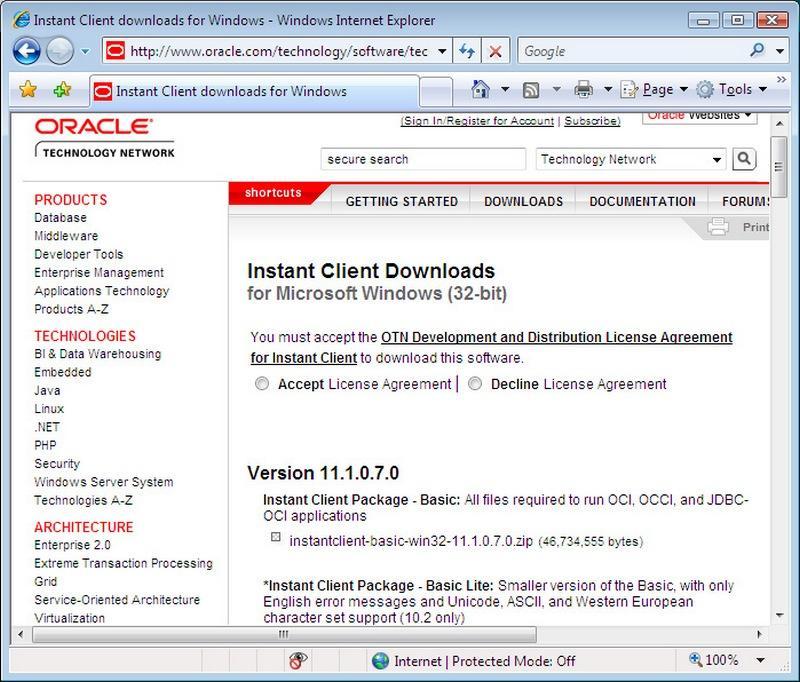
for a deeper analysis where we need more fields then the fields shown in the standard tables/reports). This can occur for example when the ‘Client’ applications does not have all the necessary data for the analysis (e.g.

But there are cases in which ‘direct’ access to the original data stored are much more desirable or even necessary. Note: This is not a tutorial geared towards DBA’s, although if you are one, feel free to join us.Īll databases can export their data and reports through specific applications - usually a Web interface or a specific/proprietary application. In addition, we will see how to configure the Oracle Instant Client, avoiding the local ‘installation’ of an Oracle database. As an example, we’ll show you how to access data from an ‘Oracle’ database. Learn about a free tool (Toad Freeware) that allows us to work with large databases. And it is from there that enters our tutorial today. And this kind of professional, known as DBA or ‘DataBase Administrator’ is responsible, as its name suggests, for the entire administration of the database.Īmong other things, the DBA can provide access (connection data, user, and password) to the database under its administration. Well, let’s keep it simple: this is much more complex, and is handled by specialized professionals. The databases, among other features, can be classified as relational and Non-relational … As an example of good databases we can quote ‘Oracle’, ‘SQL Server’, ‘IBM DB2’, ‘MySQL’, ‘SYBASE’, among others. It is natural that in a niche so defined and with so much expectation of growth there’s a lot of competition, and consequently several (good) options. In the Telecom and IT area for example, numerous elements, alarms, meters and gauges, complaints and service calls, customer data and various other variables need to be stored properly so they can later be processed to extract results as analyses and reports. And in any area where there’s this need for data usage, there will also be a form of storage and control thereof, such as large databases. The trend is that this growth will increase more and more. There’s no doubt the use of data nowadays is much bigger than just a little while ago.


 0 kommentar(er)
0 kommentar(er)
